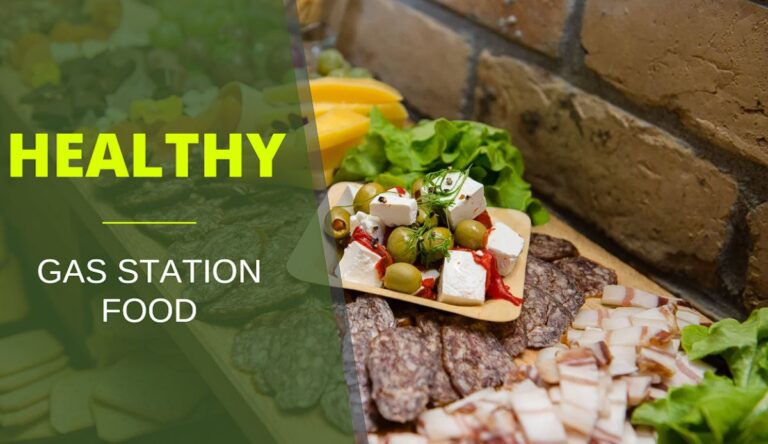Top 7 Healthy Coronation Chicken Recipe
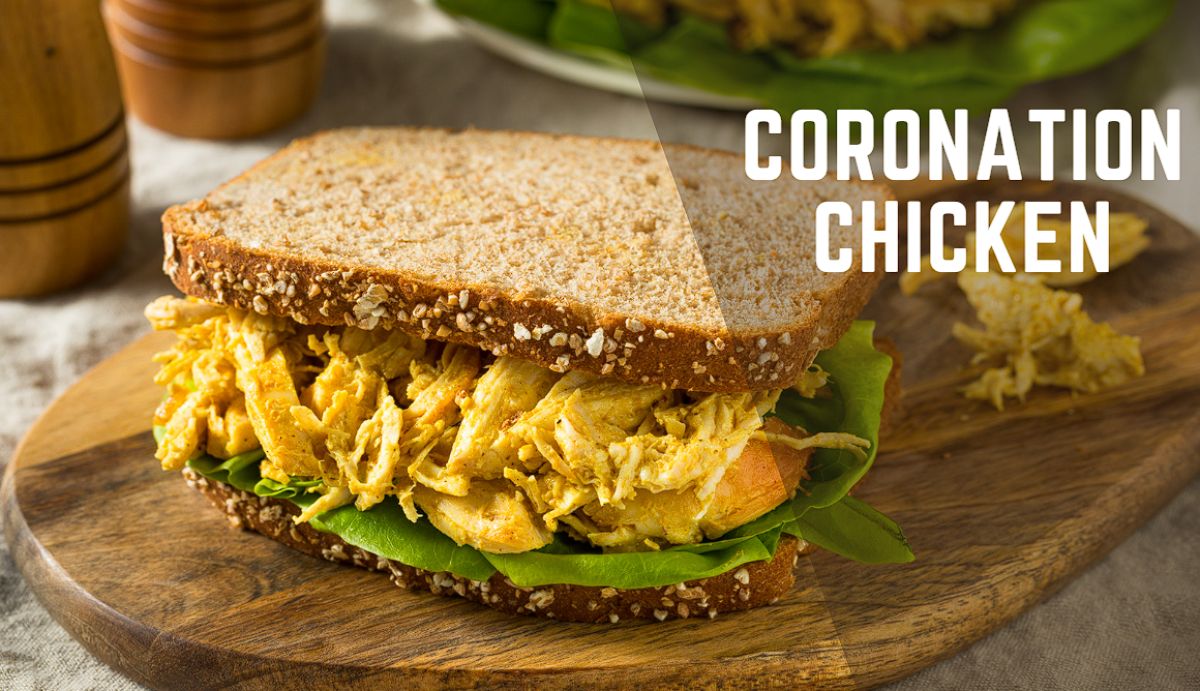
Healthy Coronation Chicken Recipe: A Nutritious Twist on a Classic Dish
Healthy Coronation Chicken Recipe: Coronation Chicken, a culinary masterpiece with a rich history, has stood the test of time as a symbol of both innovation and tradition. Originating from the royal banquet table of Queen Elizabeth II’s coronation in 1953, this dish has transcended its regal roots to become a beloved favorite in households worldwide. In this comprehensive guide, we delve into the depths of Coronation Chicken, exploring its origins, key ingredients, preparation techniques, and health benefits, while offering valuable tips and insights to elevate your culinary experience.
Table of Contents
Introduction to Coronation Chicken
Coronation Chicken, a quintessentially British creation, embodies the fusion of flavors from across the Commonwealth. At its core, it is a tantalizing blend of tender chicken pieces enrobed in a creamy, mildly spiced sauce, offering a symphony of taste sensations with every bite. Whether served as a sandwich filling, salad topping, or standalone dish, its versatility knows no bounds, making it a perennial favorite among food enthusiasts.
History and Origin of Coronation Chicken
The genesis of Coronation Chicken traces back to a pivotal moment in British history—the coronation of Queen Elizabeth II. Confronted with the daunting task of crafting a menu befitting such a momentous occasion, culinary luminaries Constance Spry and Rosemary Hume rose to the challenge with aplomb. Drawing inspiration from the flavors of the Commonwealth, they concocted a sauce that would soon become synonymous with royalty—a harmonious blend of mayonnaise, curry powder, and other exotic spices. Thus, Coronation Chicken was born, making its grand debut at the coronation banquet and capturing the imagination of a nation. [Healthy Coronation Chicken Recipe]
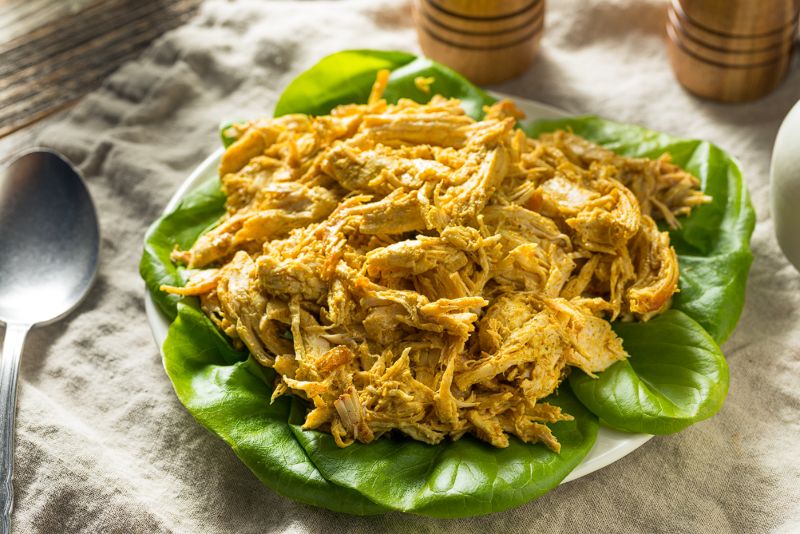
Key Ingredients for a Healthy Coronation Chicken Recipe
Poultry Selection
Central to the creation of a wholesome Coronation Chicken dish is the careful selection of poultry. Opting for lean cuts such as skinless, boneless chicken breasts or thighs ensures a balance of flavor and nutrition, without compromising on tenderness.
Sauce Preparation
The sauce serves as the crowning glory of Coronation Chicken, infusing each bite with its distinctive flavor profile. To create a healthier rendition, consider substituting traditional mayonnaise with Greek yogurt—a versatile alternative that offers creaminess without the excess fat. Complementing the yogurt base are a medley of spices, including curry powder, turmeric, and paprika, which lend depth and complexity to the dish.
Seasonings and Additions
To elevate the dish further, incorporate a variety of seasonings and additions that tantalize the taste buds. Diced celery provides a refreshing crunch, while halved grapes and chopped apple impart a hint of sweetness and acidity, balancing the richness of the sauce.
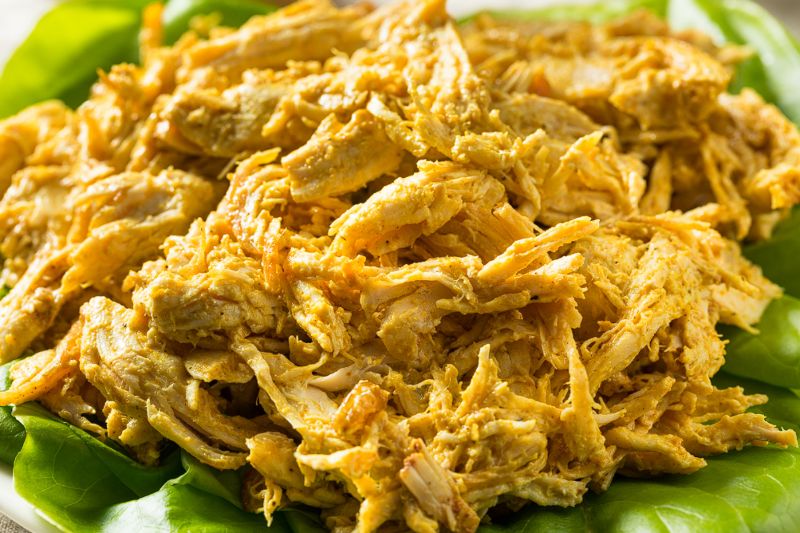
Step-by-Step Instructions for Making Healthy Coronation Chicken
Preparation of Chicken
Begin by preparing the chicken, ensuring it is cooked to perfection before proceeding with the recipe. Depending on personal preference, the chicken can be poached, grilled, or even roasted to achieve succulent tenderness.
Making the Sauce
In a culinary alchemy of flavors, combine Greek yogurt with a precise blend of spices, adjusting the quantities to suit your palate. A touch of honey adds a subtle sweetness, harmonizing the ingredients into a cohesive whole. [Healthy Coronation Chicken Recipe]
Combining Ingredients
Once the chicken and sauce are prepared, it’s time to bring all the elements together. In a large mixing bowl, gently fold the cooked chicken pieces into the creamy sauce, ensuring each morsel is generously coated. Add the diced celery, halved grapes, and chopped apple, incorporating them into the mixture with care.
Tips for a Nutritious Twist
Healthier Alternatives for Ingredients
For those mindful of their dietary choices, consider experimenting with alternative ingredients to enhance the nutritional profile of the dish. Whole grain bread or lettuce wraps can replace traditional white bread, offering a healthier serving option without compromising on taste or texture.
Serving Suggestions
Get creative with your presentation and serving suggestions, exploring different ways to enjoy Coronation Chicken. Whether served as a filling for sandwiches, a topping for salads, or a standalone entree, let your imagination run wild as you discover new ways to savor this timeless classic.
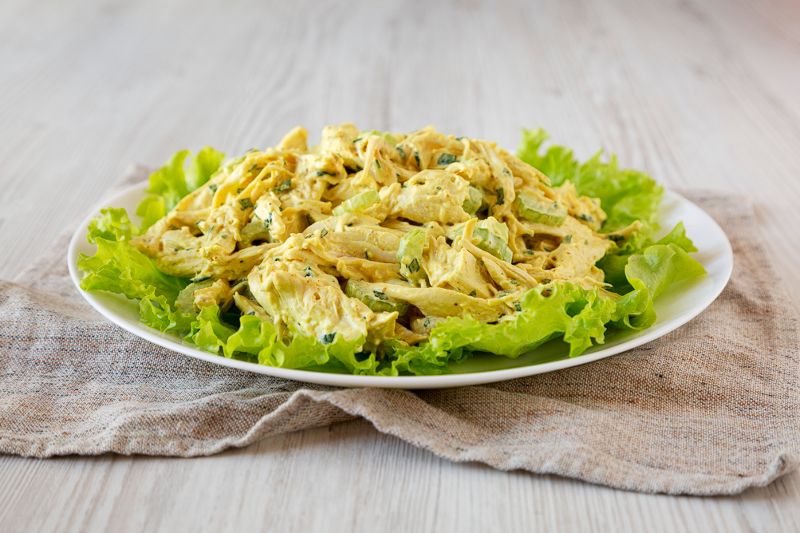
Benefits of Including Coronation Chicken in Your Diet
Beyond its culinary appeal, Coronation Chicken boasts a myriad of health benefits that make it a valuable addition to any diet. Packed with lean protein from the chicken and Greek yogurt, it provides sustained energy and promotes muscle growth and repair. The inclusion of fruits and vegetables adds essential vitamins, minerals, and antioxidants, supporting overall health and well-being.
Potential Variations and Customizations
For those with an adventurous spirit, the possibilities for customizing Coronation Chicken are endless. Experiment with different combinations of spices, herbs, and seasonings to create unique flavor profiles that suit your taste preferences. Incorporate additional ingredients such as toasted nuts, dried fruits, or fresh herbs to add texture and complexity to the dish. [Healthy Coronation Chicken Recipe]
Conclusion
This comprehensive guide to Healthy Coronation Chicken showcases the timeless appeal of this iconic dish, while offering valuable insights and tips for creating a nutritious and delicious culinary masterpiece. Whether enjoyed as a hearty meal or a light snack, Coronation Chicken continues to captivate the hearts and palates of food enthusiasts around the world, embodying the essence of culinary excellence and innovation.
FAQs
Q1. What is the origin of coronation chicken?
Coronation Chicken was created in 1953 by Constance Spry and Rosemary Hume for the coronation banquet of Queen Elizabeth II, marking a historic moment in British culinary history.
Q2. Can I make coronation chicken ahead of time?
Yes, Coronation Chicken can be prepared in advance and stored in the refrigerator for up to 2-3 days, allowing flavors to meld and intensify over time.
Q3. Is coronation chicken suitable for vegetarians?
While the traditional recipe features chicken as its main ingredient, vegetarians can enjoy a meat-free version by substituting tofu or chickpeas for the chicken, ensuring a satisfying and flavorful dish.
Q4. How long can I store leftover coronation chicken?
Leftover Coronation Chicken can be stored in an airtight container in the refrigerator for up to 3 days, maintaining its freshness and flavor for subsequent meals.
Q5. Can I freeze coronation chicken?
While it is technically possible to freeze Coronation Chicken, it is not recommended due to potential changes in texture and flavor upon thawing, which may compromise the overall quality of the dish.



